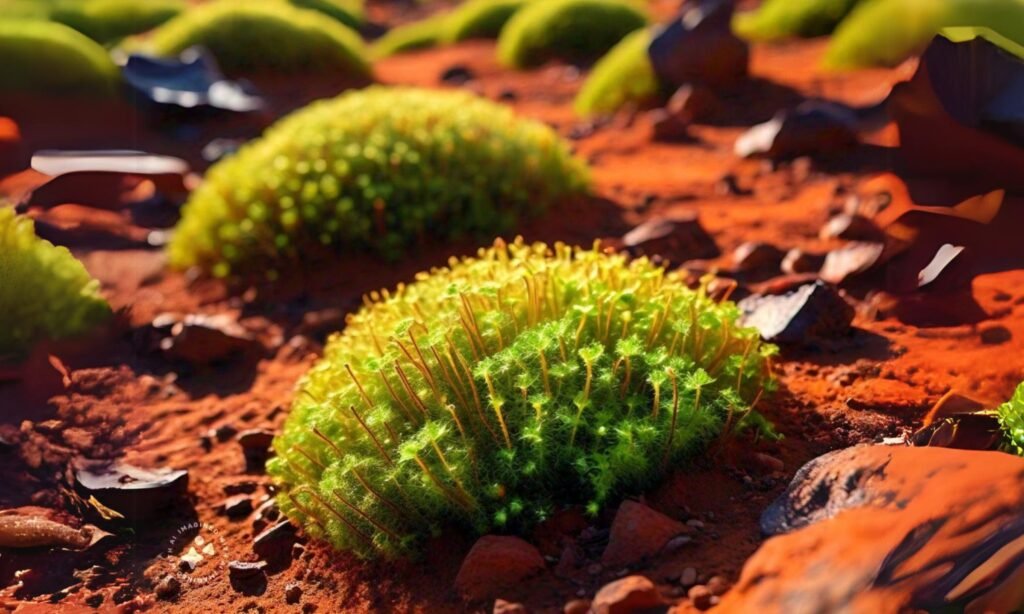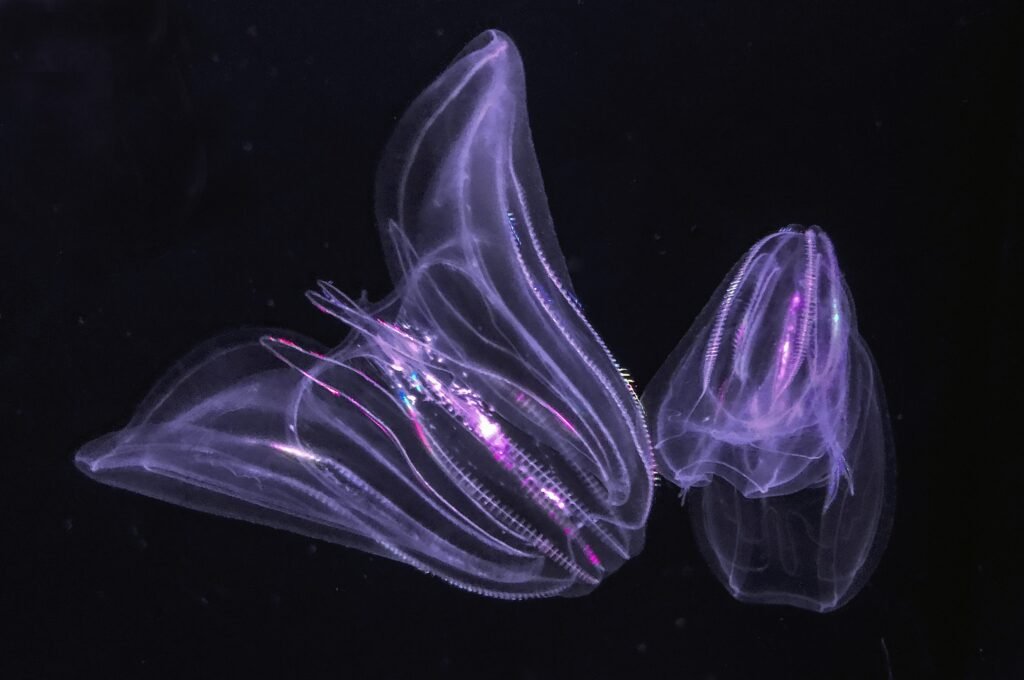Antarctica Moss may help humans live on Mars
Chinese scientists discovered Antarctica and Tibet moss “Syntrichia caninervis” which may survive on Mars and help humans live there. Ecologists Yuanming, Daoyaun Zhang, and botanist Tingyun Kuang found this moss.
They are members of the prestigious Chinese Academy of Sciences. They have devoted a massive time and energy to their studies for moss, which might be a game changer for humans’ survival on Mars.
It is significant to note that moss is a small, non-vascular flowerless plant. Syntrichia caninervis (S. caninervis) lives in harsh desert conditions in its natural habitat, which extends from Tibert to Antarctica.

This moss creates the biological soil layer, which supports a strong, extensive ground cover usually seen in arid regions. According to Chinese scientists, this moss is also a promising plant species that may produce oxygen humans can breathe from the Red Planet’s (Mars) rich carbon dioxide atmosphere.
They tested S. caninervis in the lab, which showed they are capable of cold temperatures and deadly radiation that are characteristics of the Martian surface.
They stored it in labs for a maximum of five years at -80°C in an ultra-cold freezer and for a maximum of thirty days at (-196°C) in a liquid nitrogen tank.
All of the moss plants grew back after placing in defrosting conditions. However, it is unclear how scientists think moss would defrost after being constantly exposed to cold conditions on Mars.
Scientists also found that the moss is even more durable than tardigrades. Tardigrades are microscopic organisms that scientists consider “indestructible.”

Click here to read the updates on Bacteria that can make humans sick could survive on Mars
However, it is not poisonous but the research team does not recommend that people eat S. caninervis on Mars to survive. Hence, this makes it unable to eat and would offer little nutritional benefit if consumed.
On the other hand, it may help produce a breathable atmosphere by converting Martian CO2 to oxygen on Mars. The fact that CO2 makes up around 95% of Mars’ atmosphere is too high for humans to breathe. It is one of the several problems for human life possibility there.
However, the research shows that S.caninervis has a higher level of environmental resilience than some extremely stress-tolerant bacteria and tardigrades. Hence, S.caninervis moss is found in Tibet, Antarctica, Eurasia, and North America, which may help humans live on Mars.
Read More:
- Sea creature turns into a baby when it is stressed out showing time travel
- Realme Narzo 70 Turbo 5G launch date, features, specifications & price
- European Space Agency printed 3D metal part in space for first time
- Earth’s mysterious Alaska triangle where over 20,000 people disappeared
- Philips Hue launched a new smart lighting solution for kitchen
- NASA to launch life-searching spacecraft to Jupiter’s moon Europa
Share this content:










Post Comment